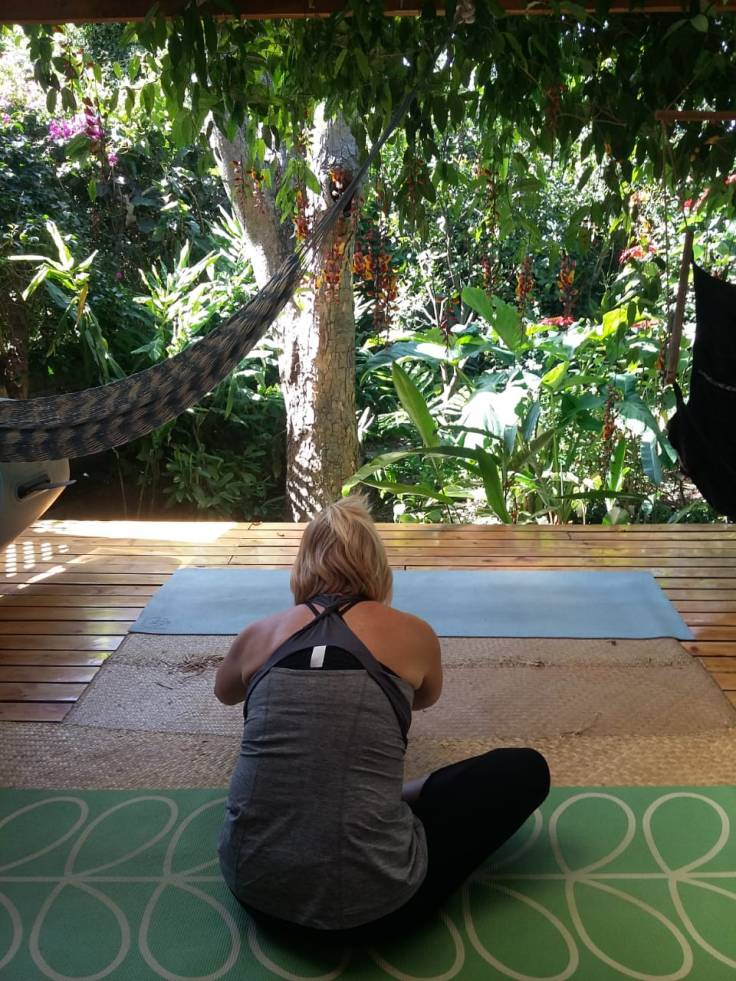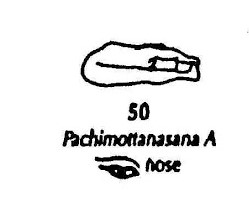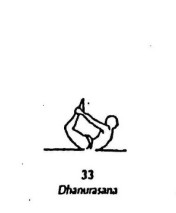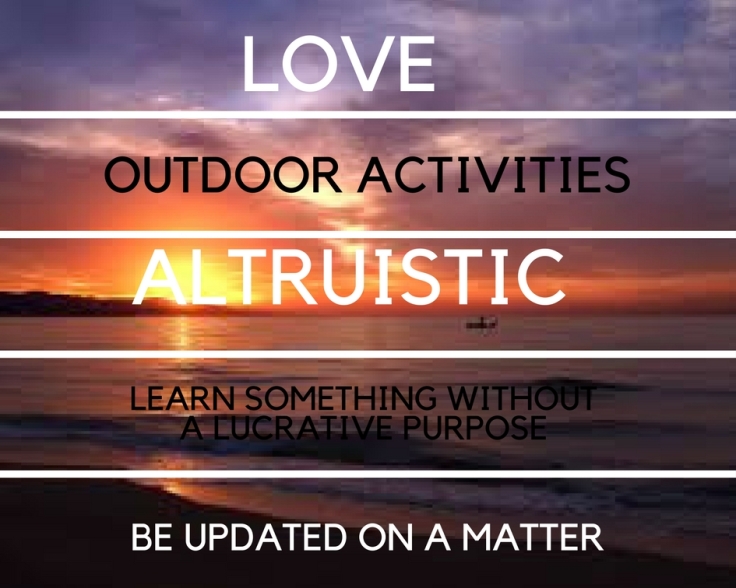Hace 6 años trabajaba en una multinacional en horario de oficina, 8 horas de Lunes a Viernes de 9 a 18pm aproximadamente muchos de los días trabajaba más horas….este tipo de vida la lleve durante 14 años y paso factura en mi cuerpo a nivel físico y emocional.
Y mi espalda porque genéticamente es uno de los sitios más débiles de mi cuerpo, tengo un poquito de los 3 patologías estándars que se puede tener cifosis, hiperlordosis y escoliosis (el kit completo)….así que mi espalda a mis 34 años me dolía bastante por las largas horas que pasaba sentada frente al ordenador.

Aunque practique deportes como la natación, uno de los motivos que me impulso a comenzar mi práctica de yoga hace más de 10 años ya fue estos dolores de espalda.
Claro que comencé al poco tiempo de practicar a sentir los beneficios…y actualmente ya sin tantas horas prolongadas en frente del ordenador es muy raro el día que tengo algún dolor, donde antes era una sensación constante.
Quizás te sientas identificado con mi historia en algunos lugares.
Tranquil@ no desesperes a continuación te dejo alguna información que podrá serte útil para tu práctica de yoga y mejorar tu espalda.
Para tener una mayor conciencia corporal deberíamos saber que músculos forman parte de nuestra espalda y visualizarlos en cada movimiento, los principales son ;
- Trapecio
- Deltoides
- Romboide
- Infraespinoso
- Dorsal
En nuestro sistema oseo, importante mencionar nuestra columna vertebral, y también darnos cuenta de cuales se mueven y como;
- 7 vértebras cervicales
- 12 vértebras torácicas
- 5 vértebras lumbares
- sacro
- coccic
Los movimientos que la espina dorsal pueden hacer son;
- Extensión
- Flexión
- Inclinación
- Rotación
Posturas/asanas recomendadas para tu práctica;
Flexión
- Paschimottanasana
- Janu Sirsasana
- Parivttra Janu Sirsasana
- Purvottanasana
Extension (Apertura de pecho)
- Tumbado boca abajo, con las manos en posición de cactus y solo levantar la parte superior.
- Salabhasana
- Bhungarasana
- Moving Ustrasana
- Setu Bandthasana
- Danurasana
Torsión
- Marychasana
- Ardha Maytsyendra
- Pasasana
Recomiendo estar como minimo unas 5 respiraciónes por asana y de ahí incrementar hasta 8 al menos.
Ultimas asanas para terminar la práctica;
Mayurasana (postura del pez), arqueo intenso de la columna vertebral.
Transición de Navasana a Tolasana/Bhujapidasana, trabajo con el CORE, es muy importante fortalecer nuestro abdomen ya que soporta nuestra columna vertebral.
Ananda Balasana y otras torsiones en el suelo que nos terminen de relajar.
Una frase que me encanta de “Joseph Pilates” es;
“Eres tan joven o tan viejo como te sientes. Si tu espalda es rígida con 30 años, entonces eres viejo. Si consigues que sea móvil y flexible a los 60, entonces te seguirás manteniendo joven”.
Nos leemos en el próximo post, espero que sea pronto.
Y si un video tutorial sería perfecto….pendiente en mi lista de cosas a realizar.



























